French designer Pierre Chapo (1927-1987) was born into a family of craftsmen in Paris. Early on, Chapo had hopes of becoming a painter; however, after apprenticing with a navy carpenter, Chapo discovered a budding interest in architecture. Eventually, Chapo studied Architecture at the École nationale supérieure des Beaux-Arts in Paris, graduating in 1958.
Shortly after graduating, Chapo travelled across Europe and the United States. Along the way, he visited the studio and home of American architect-designer Frank Lloyd Wright. Upon returning to France, Chapo established his own studio in Clamart and opened La Galerie Chapo in Paris. The gallery exhibited not only his own work but also designs by other artists, including ceramics, decorative objects, and lighting. The gallery, notably, represented the work of designer Isamu Noguchi, who shared a similar organic approach to design.
In 1960, Chapo received a Gold Medal from the city of Paris for the work he contributed to the exhibition Arts et techniques de l'artisanat.
Chapo was greatly inspired by French designers Le Corbusier and Charlotte Perriand, as well as the Bauhaus. His modernist designs were heavily focused on craftsmanship, and his passion for wood can be seen in his seminal works like the S11 Chair (1960s), the T22 L’Oeil Coffee Table (1970s), the R08 Sideboard (c. 1960) and R16 Sideboard (c. 1967), and the S45 Chlacc Chair. One of Chapo’s first private commissions came from playwright Samuel Beckett. The Godot Bed (1965), which was crafted from French elm, was named after Beckett’s most well-known play, Waiting for Godot (1953).
In 1967, Chapo participated at the Salon des artistes decorateurs, winning the Bronze Medal for the Encouragement of Art and Industry. Later that same year, Chapo relocated to the small town of Gordes, located in the Provence-Alpes-Côte d'Azur region in southeastern France. In Gordes, he established a carpentry studio and continued his craft throughout the 1970s. During these years, he also lectured at various institutions in Europe and abroad.
In 1983, Chapo was diagnosed with Amyotrophic Lateral Sclerosis (ALS) and passed away in 1987. Today, he is remembered for his exceptional pieces, which feature incredible attention to detail. His work today—especially the pieces which were special commissions—fetch high prices on the secondary market.
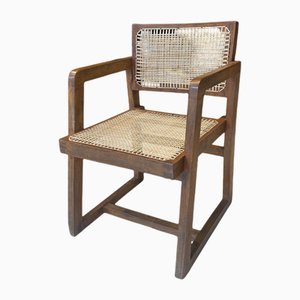

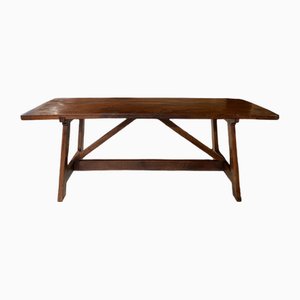
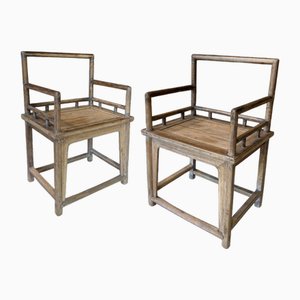

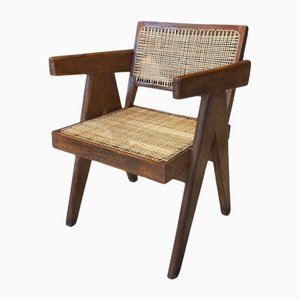
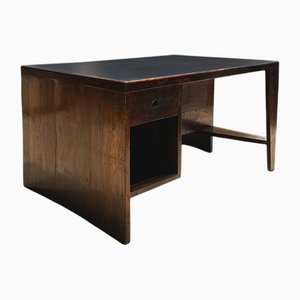
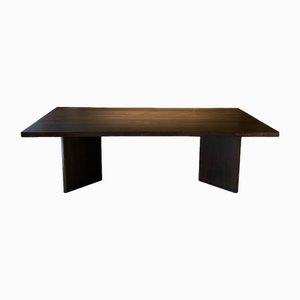
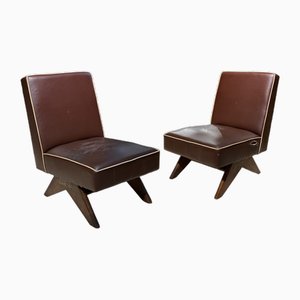
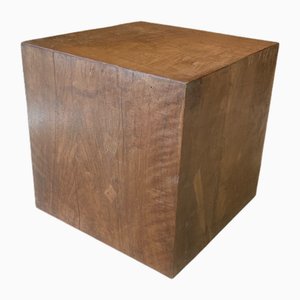
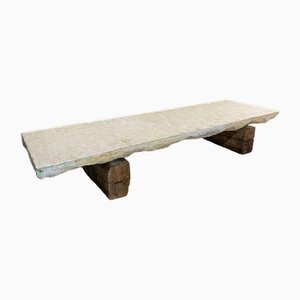
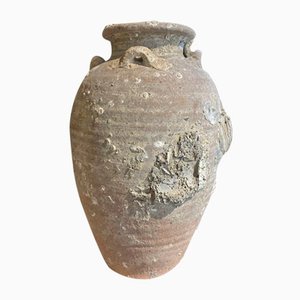
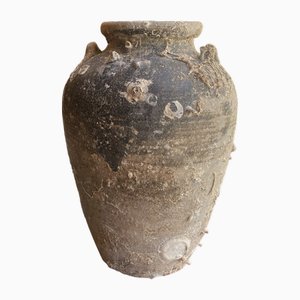

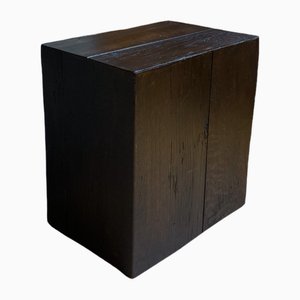
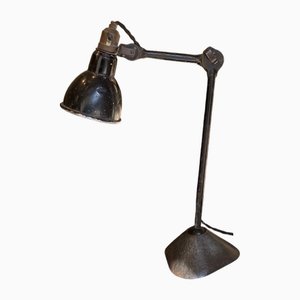
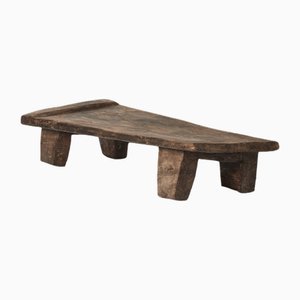
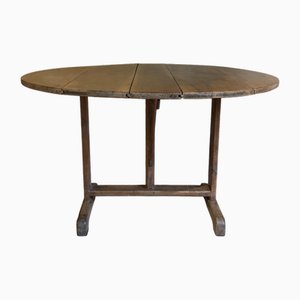


Get in Touch
Make An Offer
We noticed you are new to Pamono!
Please accept the Terms & Conditions and Privacy Policy
Get in Touch
Make An Offer
Almost There!
To follow your conversation on the platform, please complete the registration. To proceed with your offer on the platform, please complete the registration.Successful
Thanks for your inquiry, someone from our team will be in touch shortly
If you are a Design Professional, please apply here to get the benefits of the Pamono Trade Program